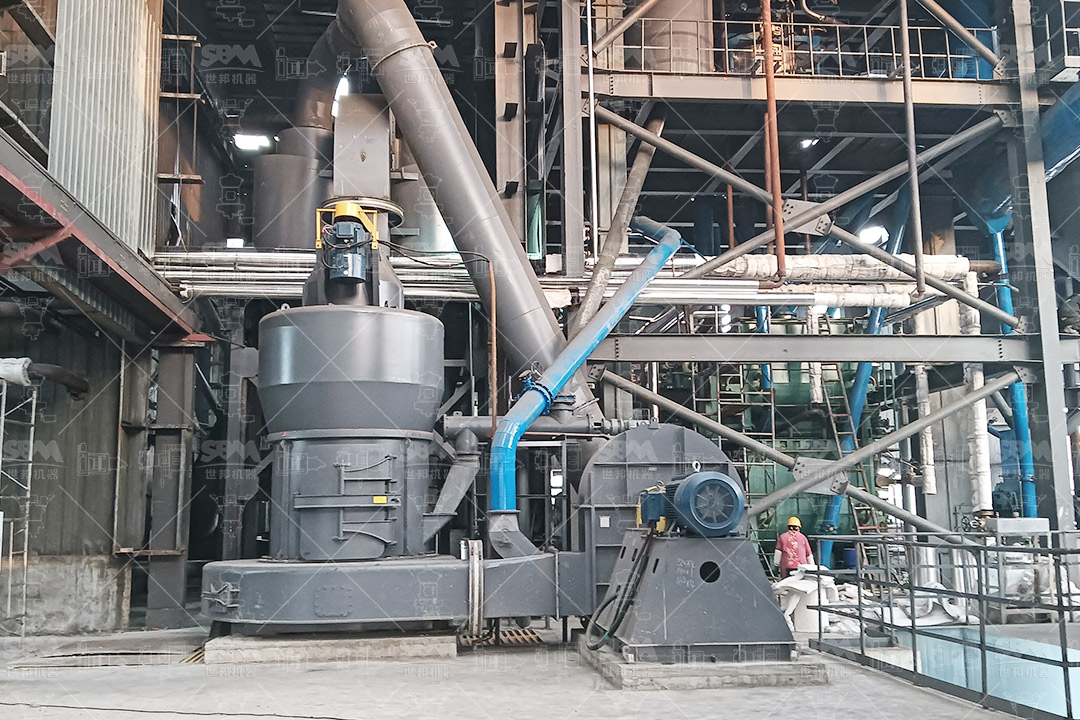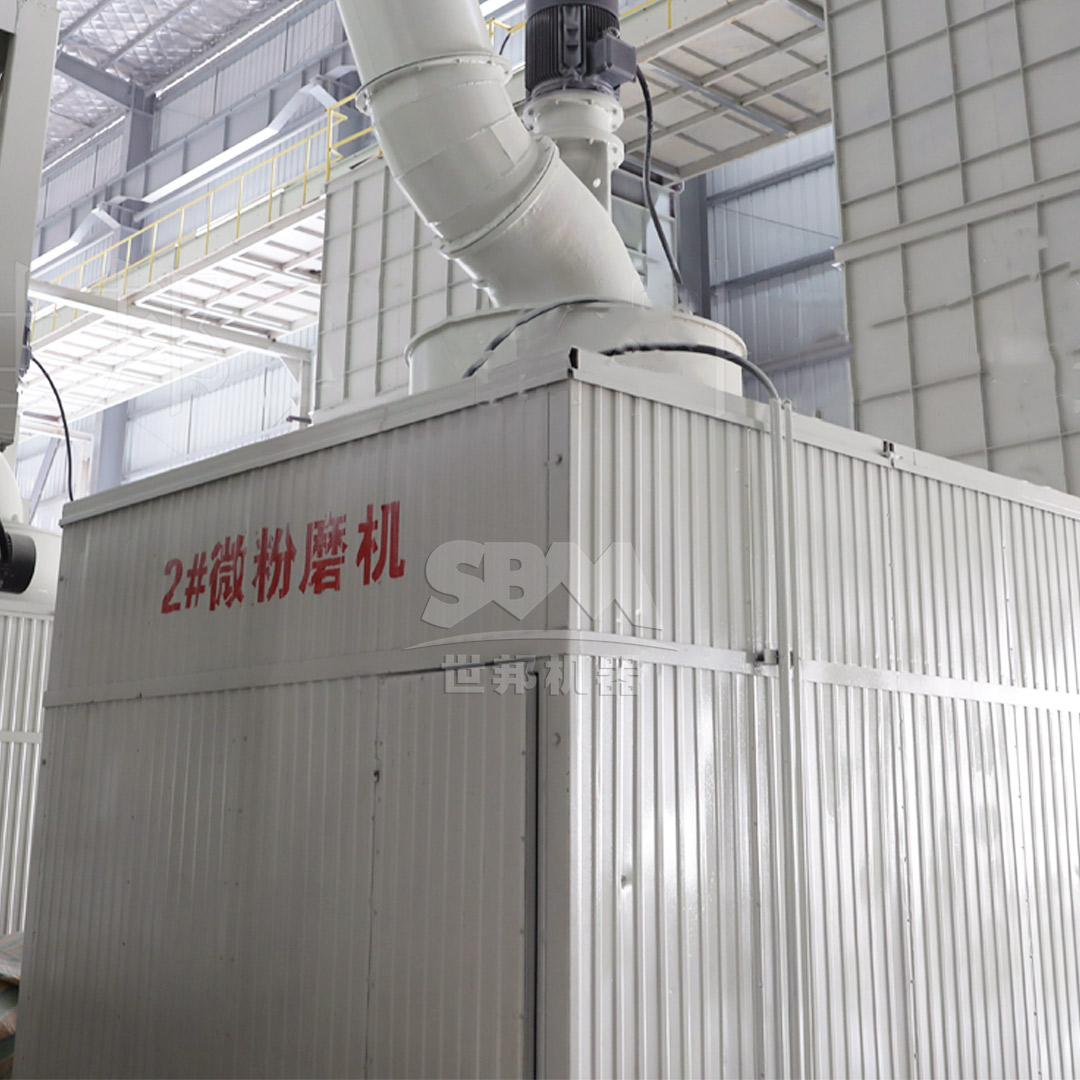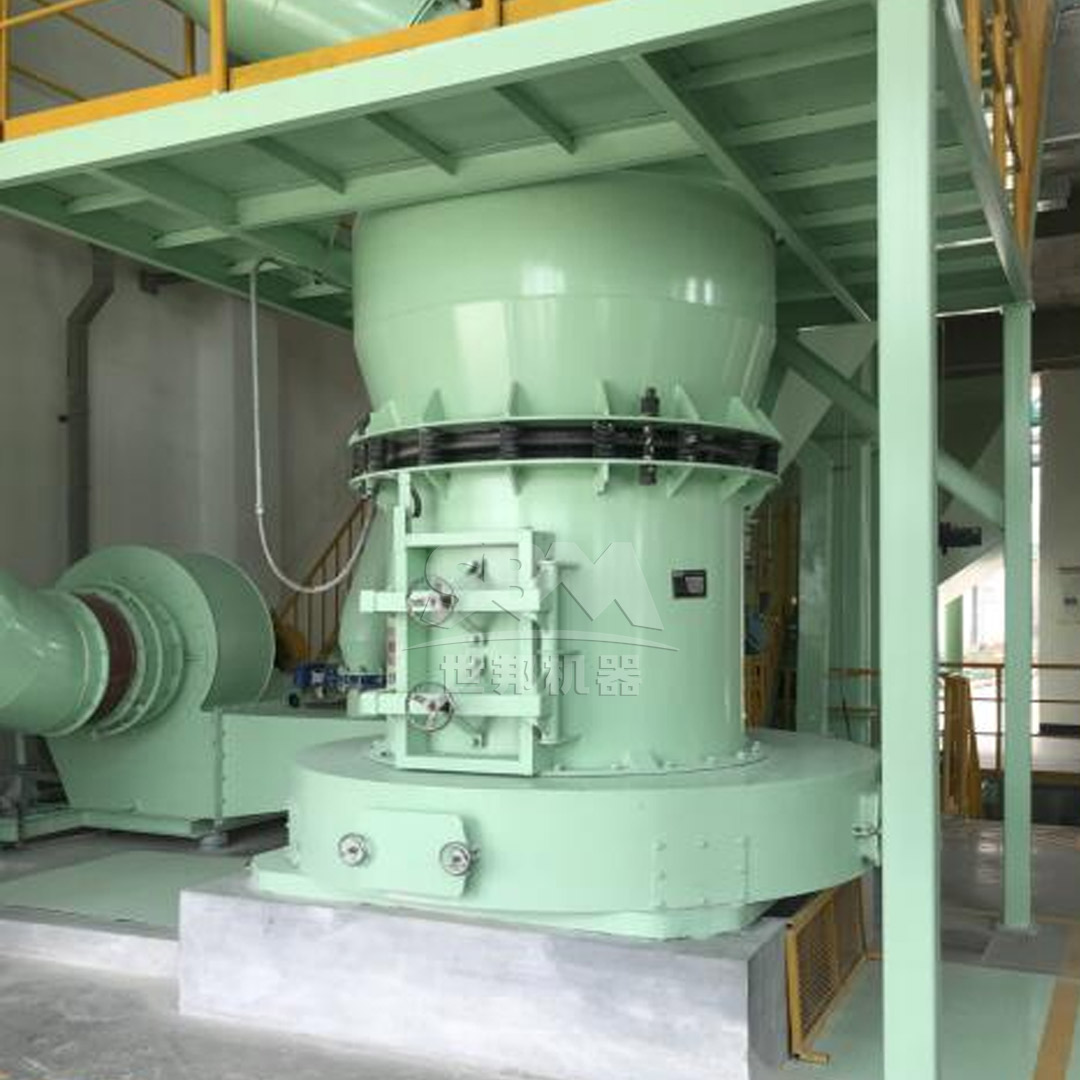Dolomite, a calcium magnesium carbonate mineral (CaMg(CO3)2), is a valuable industrial raw material prized for its high magnesium content and unique chemical properties. When processed into fine powders, dolomite becomes a critical component in numerous industries, including agriculture, construction, glass manufacturing, ceramics, and environmental applications. The quality and fineness of the final dolomite powder are directly influenced by the grinding technology employed. This article explores the technical requirements for producing high-grade dolomite powder and the advanced milling solutions that make it possible.

The effectiveness of dolomite in industrial processes hinges on its particle size distribution and chemical purity. Fine grinding increases the surface area of the particles, enhancing reactivity and dissolution rates. Key applications include:
Grinding dolomite to fine and ultra-fine specifications presents several challenges. Dolomite has a Mohs hardness of 3.5 to 4, making it moderately abrasive. This abrasiveness can lead to accelerated wear on grinding components if not addressed with appropriate materials and design. Furthermore, achieving a consistent, narrow particle size distribution (PSD) is paramount for many high-value applications. Energy consumption is another critical factor, as fine grinding is inherently energy-intensive. An efficient mill must balance high throughput with low specific energy consumption (kWh/ton). Finally, the system must be designed to handle the inherent moisture content of the feed material and operate with minimal dust emission to meet environmental standards.
| Industry | Target Fineness (D97) | Typical Application |
|---|---|---|
| Agriculture | 100 – 325 mesh (150 – 45 μm) | Soil Amendment |
| Construction Fillers | 200 – 400 mesh (75 – 38 μm) | Asphalt, Concrete |
| Glass & Ceramics | 800 – 2500 mesh (18 – 5 μm) | Flux Agent |
| Plastics & Paints | 1250 – 2500 mesh (10 – 5 μm) | Functional Filler |
Selecting the correct grinding mill is the most critical decision in setting up a dolomite powder production line. The choice depends on the desired capacity, final fineness, and investment and operational cost targets. Modern mills have evolved from simple crushers to sophisticated integrated systems that combine grinding, classification, and collection.
For applications requiring the finest powders, such as high-performance plastics, advanced ceramics, and specialty chemicals, ultrafine grinding mills are indispensable. These mills are engineered to produce powders with a top cut (D97) as fine as 5 micrometers (2500 mesh).
We highly recommend our SCM Ultrafine Mill for these demanding applications. This mill is specifically designed for producing fine and ultra-fine powders. Its core parameters make it an ideal solution for high-grade dolomite processing:

For large-scale production of dolomite powder for construction or agriculture, where capacities exceeding 10-15 tons per hour are required, robust and high-capacity mills are necessary. The MTW Series Trapezium Mill is an excellent choice for such operations.
This mill combines high capacity with reliable performance. Its key features include:
The following table provides a clear comparison of our recommended mills for dolomite grinding, helping you make an informed decision based on your project requirements.
| Feature | SCM Ultrafine Mill | MTW Series Trapezium Mill |
|---|---|---|
| Primary Application | Ultra-fine Powder (High-Value) | Fine to Medium Powder (Bulk Production) |
| Max. Output Fineness (D97) | 5 μm (2500 mesh) | 38 μm (400 mesh) |
| Typical Capacity Range | 0.5 – 25 t/h | 3 – 45 t/h |
| Energy Efficiency | Very High (30% saving vs. jet mills) | High (Optimized drive system) |
| Ideal For | Plastics, Paints, Advanced Ceramics | Construction, Agriculture, Glass |
A successful dolomite powder production line involves more than just the grinding mill. It is an integrated system that includes primary crushing, drying (if necessary), grinding, classification, and powder collection.

The production of high-quality, magnesium-rich dolomite powder is a technologically advanced process that demands robust and efficient grinding equipment. The choice between an ultrafine mill like the SCM series and a high-capacity mill like the MTW series depends entirely on the target market and product specifications. By investing in the right grinding technology, producers can ensure they meet the stringent quality requirements of their customers while optimizing operational costs through energy efficiency, low maintenance, and high reliability. As industries continue to seek higher performance from mineral fillers and additives, the role of advanced dolomite grinding mills will only become more critical.